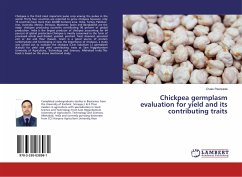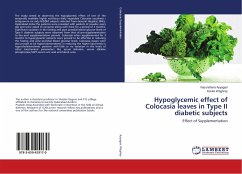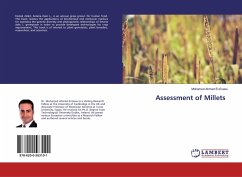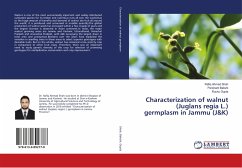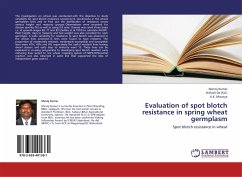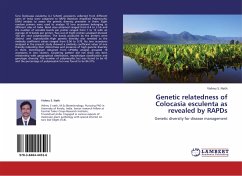Colocasia is primarily grown for its starch riched edible corms and cormels. Leaves and petioles are also used as vegetable while the starch has industrial uses. It is grown as staples or subsistence crop throughout the tropics and subtropics. Corms and cormels are generally consumed after boiling or frying. In North East India, farmers use different parts of colocasia as pig feed. It is one of the vegetables which are most extensively consumed by the rural people. Hundreds of cultivars are available in different parts of the region. Wide variation in stature and growing habit exist among the cultivars. Therefore, an experiment was designed to study the variation and correlation in growth and yield parameters and the interrelationship between different characters of 20 selected germplasm of colocasia. The results obtained and the conclusions derived from this investigation are incorporated in this book.
Bitte wählen Sie Ihr Anliegen aus.
Rechnungen
Retourenschein anfordern
Bestellstatus
Storno

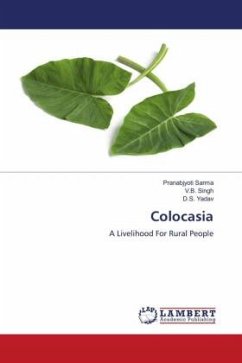
![Line x Tester cross analysis in sponge gourd[Luffa cylindrica(Roem)L.] Line x Tester cross analysis in sponge gourd[Luffa cylindrica(Roem)L.]](https://bilder.buecher.de/produkte/51/51262/51262652n.jpg)
